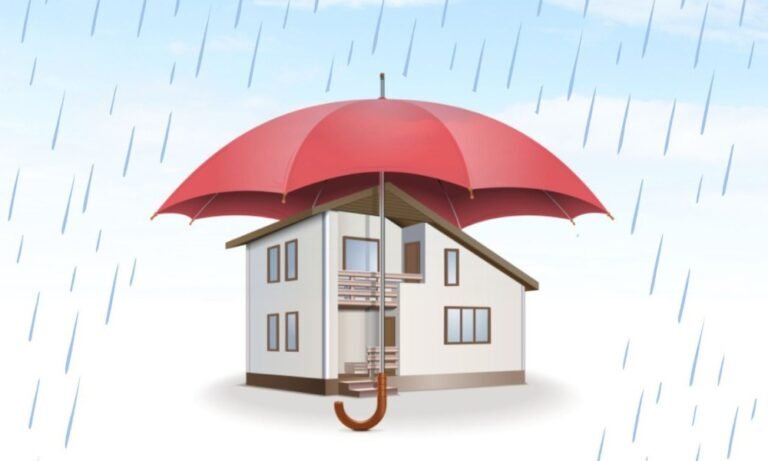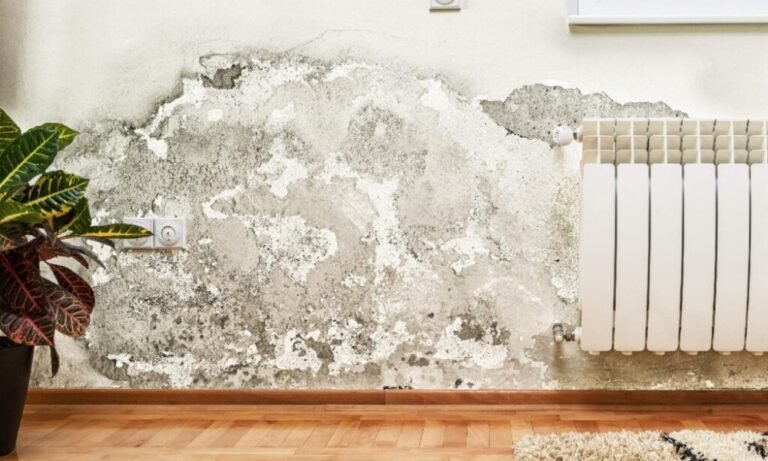Estimated reading time: 4 minutes
Keeping moisture out of your house shouldn’t mean draining your wallet. Over the years, I’ve seen how even small changes can make a big difference in protecting a living space. In this guide, I’ll share practical, affordable ways to safeguard your property and keep it dry—without breaking the bank.
What You’ll Learn in This Guide:
- Why moisture control is critical for every property.
- Affordable DIY techniques to shield your home.
- How to recognize when it’s time to bring in professional help.
- Tips to maintain protection without spending a fortune.
Why Protecting Your Space Matters
Uncontrolled dampness isn’t just inconvenient—it can seriously affect your property’s structure, value, and even the health of those who live there. Leaks and damp patches often invite mold, which can lead to respiratory issues, not to mention expensive repairs.
Preventing these problems saves money and stress in the long run. Need help spotting early signs of dampness? You might find my post on signs of moisture in walls and floors helpful.
Budget-Friendly DIY Solutions to Keep Moisture Out
1. Seal Gaps and Cracks

Small openings in foundations and walls can let in unwanted dampness. A quick fix? Use sealants to close them off. They’re affordable, easy to apply, and incredibly effective.
2. Apply a Protective Coat
Waterproof paint isn’t just for looks—it creates a barrier against moisture. Applying a couple of coats to basement walls or foundations can keep your living area dry while enhancing durability.
3. Install Basic Drainage Systems

Simple drainage mats or extensions on your gutters can direct excess moisture away from your foundation. These inexpensive solutions reduce the risk of pooling around your property.
4. Maintain Gutters and Downspouts
Clogged gutters often cause overflow, leading to damp patches near your foundation. Clean them regularly and make sure your downspouts direct runoff at least six feet away from your walls.
5. Use a Sump Pump
While not the cheapest upfront, a sump pump is invaluable in areas prone to flooding. It collects and expels excess water, saving you from costly damage in the long term.
When to Call in the Experts (Without Overspending)
Sometimes, a professional touch is necessary. Larger issues—like extensive flooding or foundation cracks—often require expertise. To avoid overspending:
- Compare Rates: Get quotes from multiple contractors. It’s surprising how much rates can vary.
- Check for Guarantees: Choose a provider that offers warranties for added peace of mind.
- Focus on Essentials: Ask professionals to prioritize the most urgent fixes first.
Need guidance? Check out my advice on hiring waterproofing experts.
Maintaining Moisture Control on a Budget
1. Inspect Regularly
Keep an eye out for cracks, leaks, or damp patches. Catching problems early makes them easier (and cheaper) to fix.
2. Clear Debris
Blocked gutters and drains can undo your best efforts. Regular cleaning ensures that rainwater flows away from your property as intended.
3. Adjust Your Landscaping
If your yard slopes toward your home, consider regrading it. Ensuring water flows away from your structure prevents moisture buildup near your foundation.
4. Test Your Equipment
If you’ve installed a sump pump or drainage system, check its functionality regularly. A quick test can save you from potential flooding.
Mistakes to Avoid
- Neglecting Maintenance: Regular care is key to preventing bigger problems.
- Using Substandard Materials: Cheap doesn’t mean effective. Choose affordable options, but don’t sacrifice quality.
- Delaying Repairs: Small leaks can grow into major issues. Act quickly to avoid higher costs later.
For more tips, check out my guide on damp-proofing mistakes homeowners should avoid.
The Long-Term Benefits of Prevention
Investing in moisture control isn’t just about today. It’s about creating a safe, healthy space for years to come. Dry basements and walls mean fewer structural repairs, no mold-related health concerns, and a higher property value. If you’re planning to sell, buyers love seeing a home that’s been well-cared for.
Final Thoughts
Protecting your home from moisture doesn’t have to be costly. Start with simple fixes, focus on high-risk areas, and maintain your efforts over time. Whether you choose to tackle the work yourself or bring in the experts, a little prevention goes a long way.If you’re looking for more advice, explore my post on solutions for rising damp. Here’s to keeping your space safe, dry, and worry-free!



